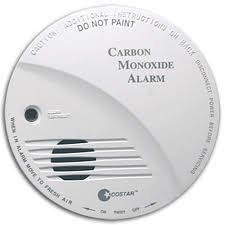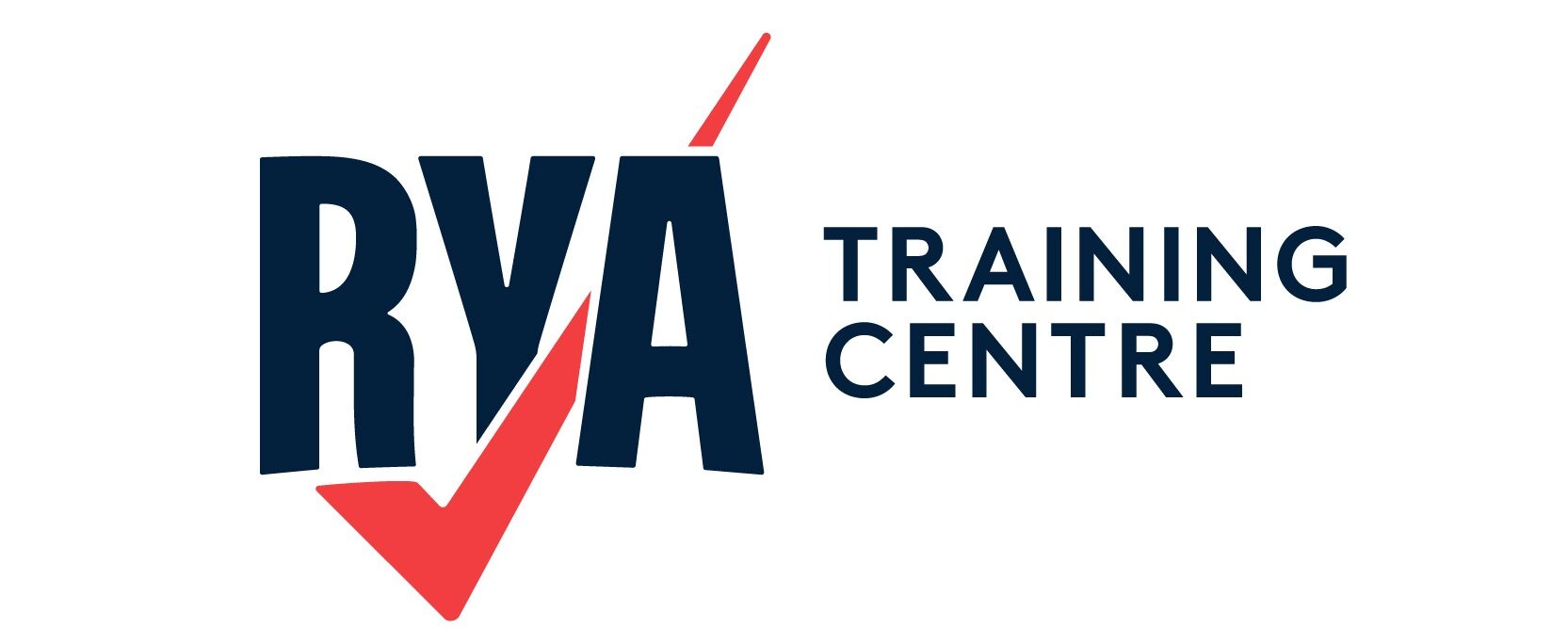 Carbon monoxide (CO) is dangerous because it is tasteless, odorless, and you can’t see or feel it. This is what makes carbon monoxide poisoning the most common type of fatal air poisoning.
Carbon monoxide (CO) is dangerous because it is tasteless, odorless, and you can’t see or feel it. This is what makes carbon monoxide poisoning the most common type of fatal air poisoning.
Carbon Monoxide – The ‘Silent Killer’
CO is a gas which is produced by incomplete burning of carbon-based fuels. This includes oil, gas, wood and coal. When inhaled in high concentrations it is fatal, and often referred to as the ‘Silent Killer’.
Anything that burns these fuels will generate carbon monoxide if it is faulty, poorly maintained, incorrectly set up, or not properly ventilated. If this is on a boat, the fatal poisoning will occur gradually whilst the occupants are sleeping. There is no warning and no chance of waking up. Live-aboard cruisers need to be proactive in protecting themselves against carbon monoxide poisoning.
What Produces CO?
Within the confined space on boats, a number of devices can produce carbon monoxide. Boilers, heaters, gas stoves, generators, and barbecues are all common culprits. CO can build up in boat cabins from one or a combination of the following factors:
- Poorly maintained, misused or faulty appliances
- Exhaust fumes from the engine or generator
- Flue gas from solid fuel stoves
- Improper ventilation.
Early CO Detection on Boats
There are some signs that boaters can look for which indicate CO might be being produced:
- If your stove burners have yellow or orange flame rather than blue
- Soot or yellow/brown staining on or around appliances
- If your pilot light goes on/off frequently
- Any appliances that are difficult to keep lit
- Condensation on windows
- The smell of exhaust fumes.
How To Prevent Carbon Monoxide Production
Make sure your appliances are installed and regularly serviced by a professional. They will ensure that adequate air supply/intakes and exhausts/flues will be fitted correctly. Keep your generator well away from cabin openings or vents. Never bring barbecues inside the vessel.
It is a great idea to install an audible carbon monoxide alarm. Make sure it is British Standard BS EN50291-2:2010.
Symptoms of CO Poisoning
- Headache
- Dizziness
- Nausea (vomiting)
- Tiredness & confusion
- Stomach pain
- Shortness of breath
The symptoms of exposure to low levels of CO can be similar to those of food poisoning and flu. But unlike flu, carbon monoxide poisoning doesn’t cause a fever. The symptoms can gradually get worse with prolonged exposure to carbon monoxide.
The greater the amount of CO the more severe the symptoms will get leading to:
- Weakness
- Loss of balance/vertigo
- Memory loss
- Seizures
- Collapse/unconsciousness.
Paralysis and brain damage may occur in low levels being breathed over a long period. Death can occur when breathed in high concentration over a short period.

